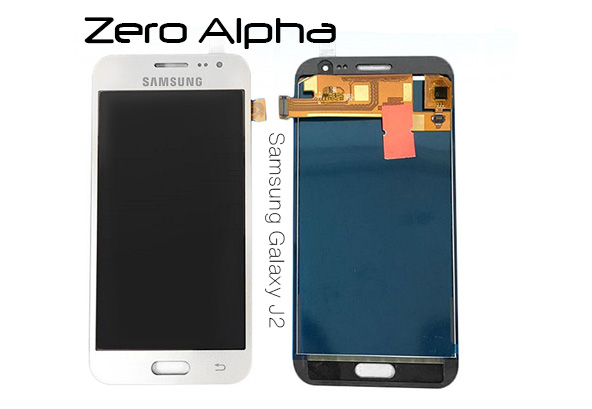Samsung Galaxy J2 Series
J2 Pro, J2 Prime, J2 Duos, J2 Galaxy Grand Prime Pro, J2 Core, J2 Pure, J2 Core
The Samsung Galaxy J2 typically features a compact design with a screen size ranging from 4.7 to 5 inches. The display resolution is usually 540 x 960 pixels, which provides decent image quality for everyday use. The Galaxy J2 comes equipped with entry-level hardware, such as a quad-core processor and 1-2GB of RAM, ensuring smooth performance for basic tasks like web browsing, social media, and light app usage.
The Samsung Galaxy J2 Pro is a slightly more advanced model in the series. It often features a 5-inch display with a higher resolution of 720 x 1280 pixels, delivering sharper visuals. The Galaxy J2 Pro is equipped with a quad-core or octa-core processor and 2GB of RAM, ensuring smooth performance for multitasking and running more demanding applications.

Common Causes of Data Loss in Samsung Galaxy J2 Series
Data loss can occur in several ways on a Samsung Galaxy J2 Series device. Here are some common causes of data loss:
-
Accidental deletion: This is the most common reason for data loss. You may accidentally delete an important file or data without realizing it.
-
Water damage: If your Samsung Galaxy J2 Series device gets exposed to water or any other liquid, it can cause damage to the device and result in data loss.
-
Physical damage: If your Samsung Galaxy J2 Series device suffers physical damage such as a cracked screen or a broken motherboard, it can cause data loss.

Samsung Galaxy J2 Series Data Recovery Techniques
When it comes to Samsung Galaxy J2 Series data recovery, there are several techniques that can be used to recover your lost data. Here are some techniques that are commonly used:
-
Software recovery: This is the most common technique used for data recovery. There are several software tools available that can help you recover your data.
-
Hardware recovery: If your Samsung Galaxy J2 Series device has suffered physical damage, hardware recovery may be the only way to recover your data. This involves repairing the physical damage to the device and recovering the data from the damaged device.
-
NAND read technique: The NAND read technique involves directly reading the NAND memory chip on the device. This is a more complex technique and is typically used when other techniques fail.